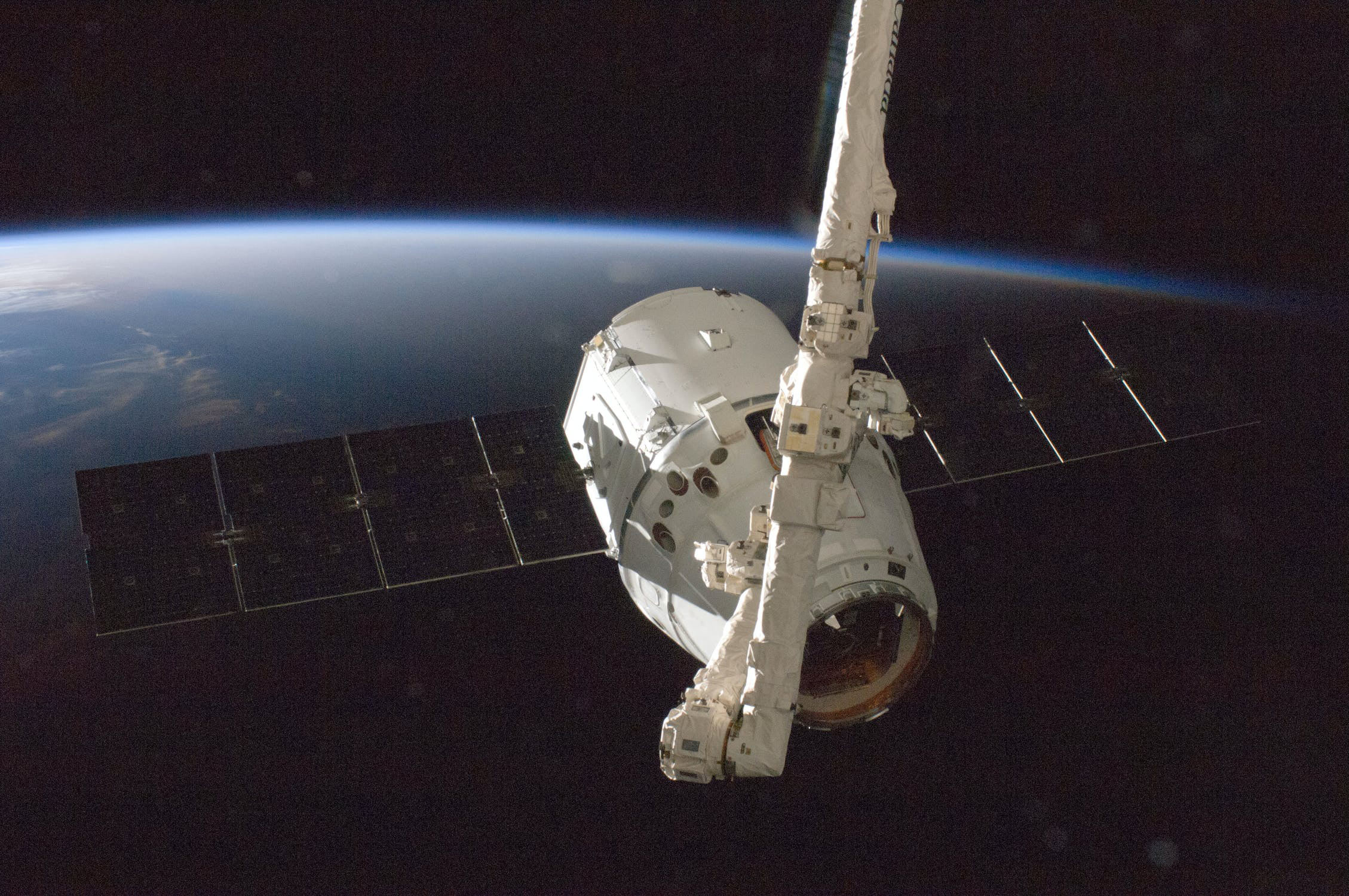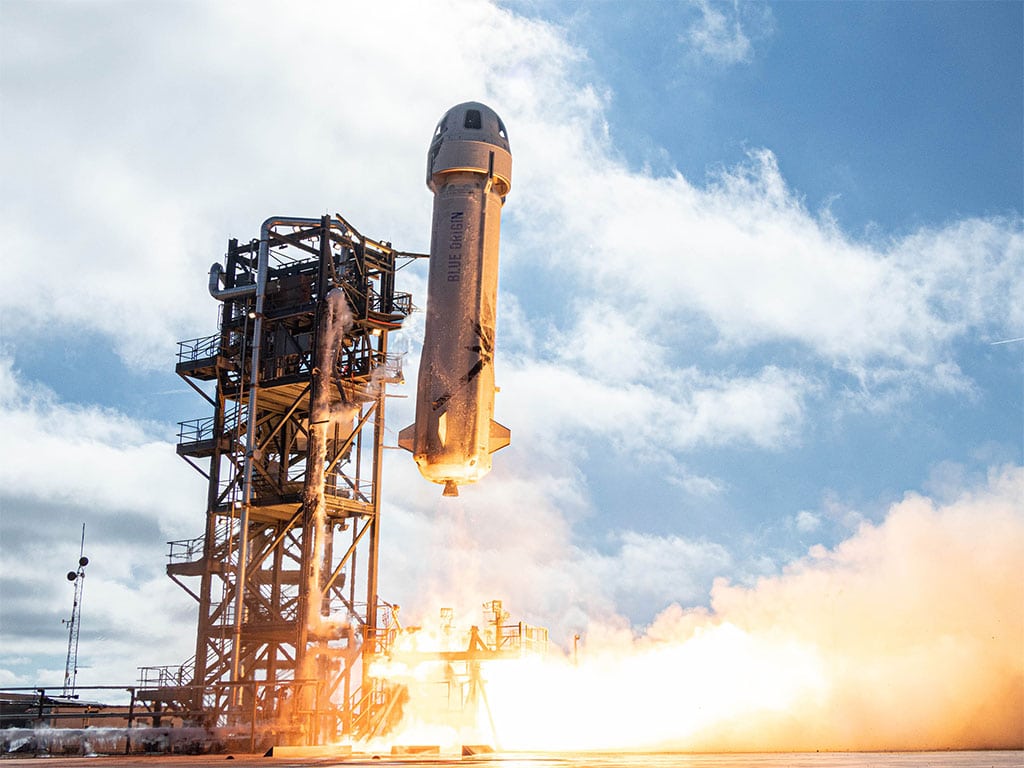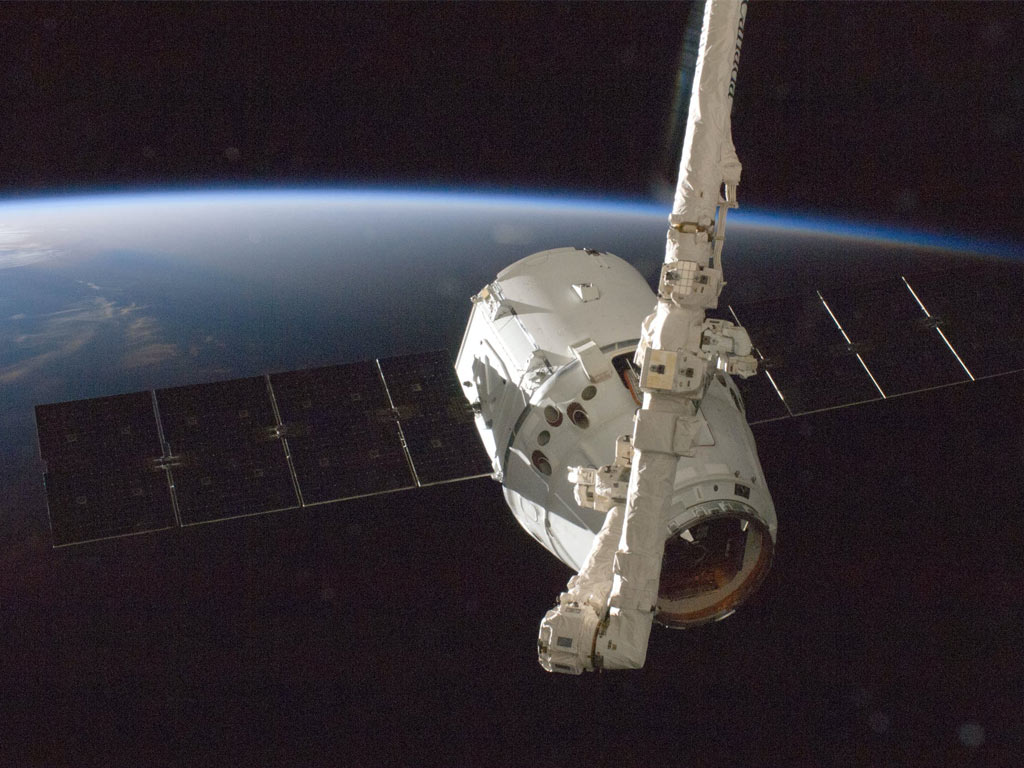Tokyo’s IHI Aerospace is patenting a device that, when installed onto satellites, launches them out of orbit where they will no longer clutter the upper atmosphere.
Though Earth is commonly pictured as a pristine blue marble in space, what the images fail to capture is the planet’s veritable shell of garbage. There are over 27,000 pieces of debris in orbit right now, not counting ones too small to be tracked—those no larger than a softball. Space junk travels at dangerously high speeds, meaning every vehicle or equipment launched into space has to navigate a minefield of orbital debris. NASA even has guidelines on how to deal with potential collision threats in space. Just last June, one of the International Space Station’s robotic arms was punctured by material hurtling around Earth.
2021 kicked off with SpaceX setting a new world record for most satellites launched in one go. These would operate for the next decade or so, barring technical failures or debris contact. Afterward, these machines would join all the other pieces of decommissioned equipment, threatening to crash into the new ones sent to replace them. The problem remains far from solved. Directly plucking space junk out of orbit is still out of the question, due to both the sheer number of materials to clean up as well as the financial and manpower costs each trip would entail.
Some satellites are programmed to use their last bit of fuel to launch themselves either back to Earth or deep into space. But IHI says this is difficult to achieve, since making a satellite function over its lifespan and causing a satellite to deorbit at the end are “contradictory to each other.” The company puts forth the assumption that near a satellite’s decommissioning, its thrusters and satellite bus controlling them are no longer functioning normally, affecting the reliability of any deorbiting measures.
IHI’s patent application gets around the issue by introducing an emergency deorbit device inside a satellite, capable of deorbiting regardless of the satellite bus’ condition.
A schematic view illustrating a satellite to which an emergency deorbit device according to an embodiment of the present invention has been applied.
The device repositions a satellite using its propulsion module, which includes at least one solid rocket motor. The patent application mentions how existing implementations utilize thrusters that can activate over a long period of time.
The rocket motors may use liquid rocket fuel, which is easier to store than cryogenic propellants, as well as quick to ignite and reignite. Powering the device’s other components are two batteries; the secondary one is hooked onto the satellite bus’ power generation panel, which produces electricity from sunlight.
A reception unit monitors a repeating signal originating from the satellite bus as a way to check its operability. The signal includes information on the time, along with the satellite’s position and orientation, referred to as attitude. Though it varies, the interval between signals may be as short as a few hours or several weeks.
After a set time period where no signal is received, or if the reception unit gets a deorbit command from outside the satellite, a detection unit signals an activation device to start the propulsion module.
IHI’s patent application cites three Japanese patents covering similar technology. The first covers thrusters for controlling the attitude and orbit of a satellite. The second describes a safety device for an ignition device related to IHI’s invention. The third similarly moves defunct satellites out of orbit at the end of their lifespan, but through different means.
The featured patent application, “Emergency Deorbit Device and Emergency Deorbit Method”, was filed with the USPTO on July 27, 2018 and published thereafter on August 19, 2021. The listed applicant is IHI Aerospace Co., Ltd. The listed inventors are Kengo Yamamoto and Junichiro Kawaguchi.






